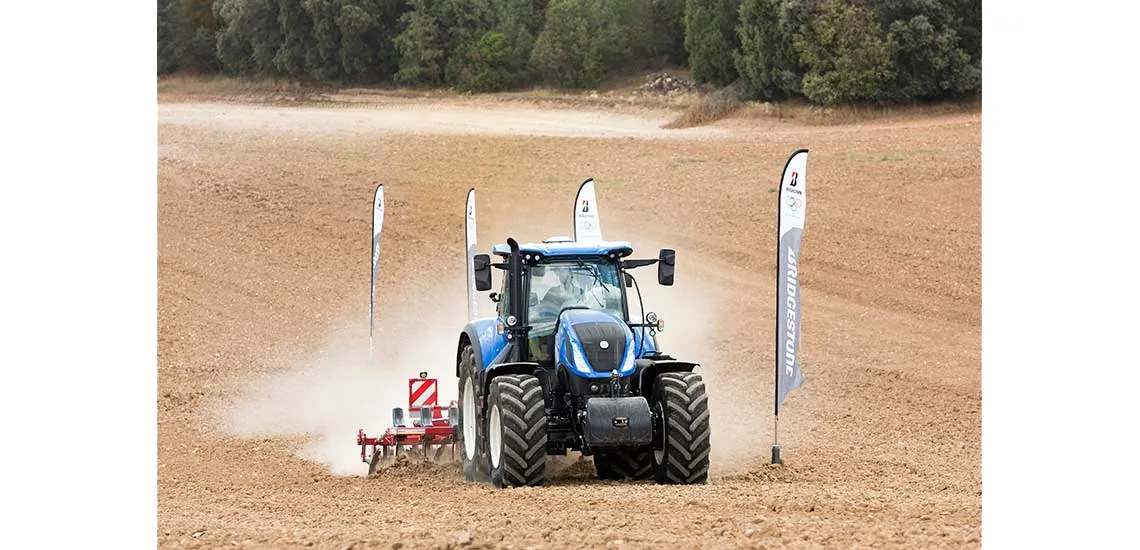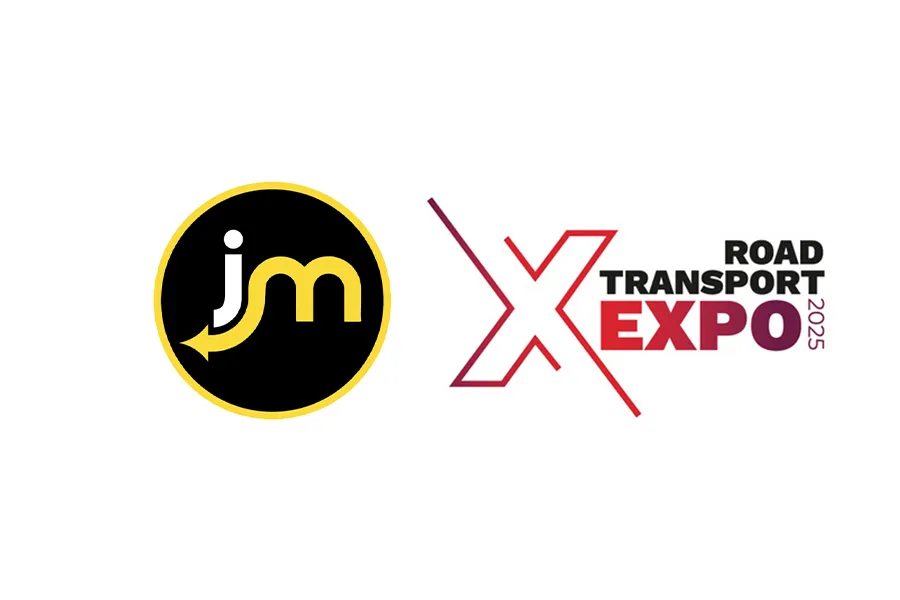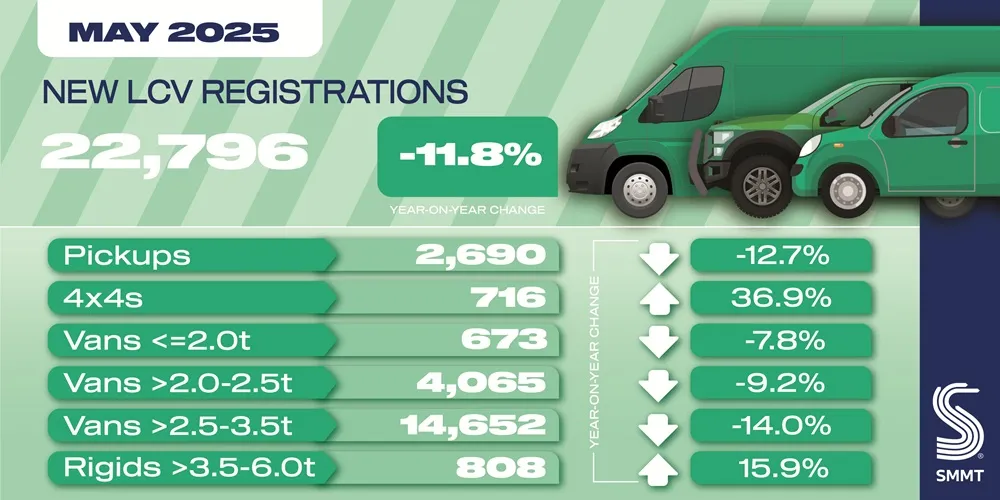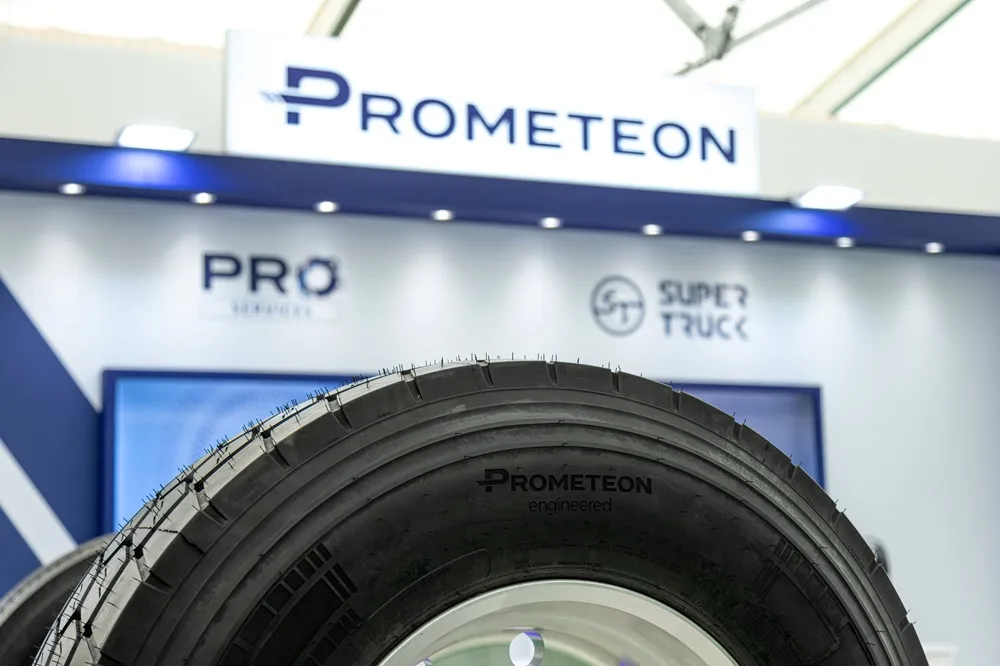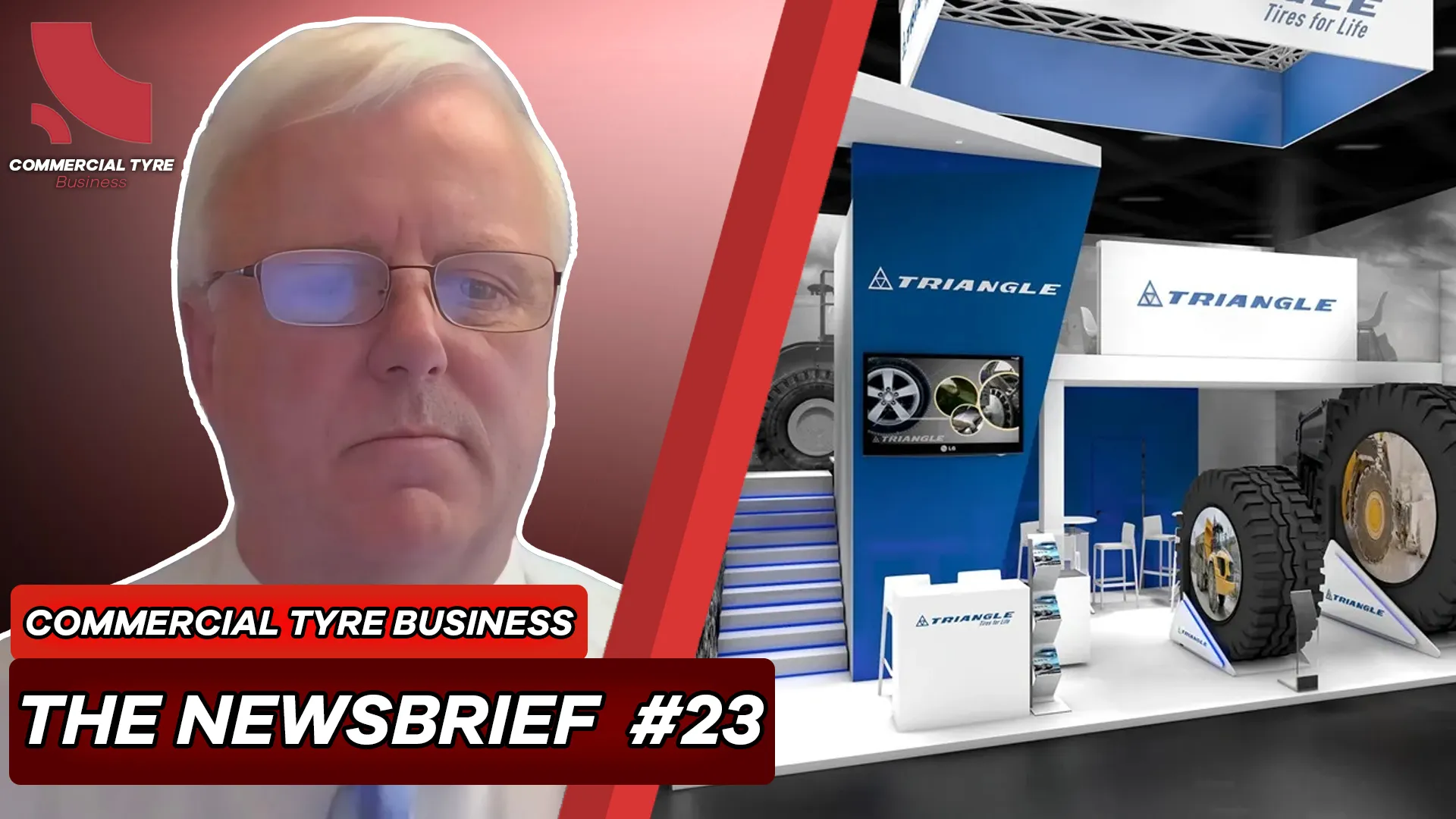It seems a bit offbeat to describe Bridgestone as a relative newcomer to a sector, considering the manufacturer’s vast and illustrious history in the tyre sector, but that is the truth of the matter when it comes to agriculture. With 7 years in the sector, the Bridgestone brand has already achieved some impressive results in agriculture. To discuss these results and the progress of the manufacturer and brand within the agricultural sector, Bridgestone’s VT Sales Manager for North Europe, Stephen Lamb and Agricultural Product Manager for Bridgestone Central and North Europe, Keld Andersen j...
–

